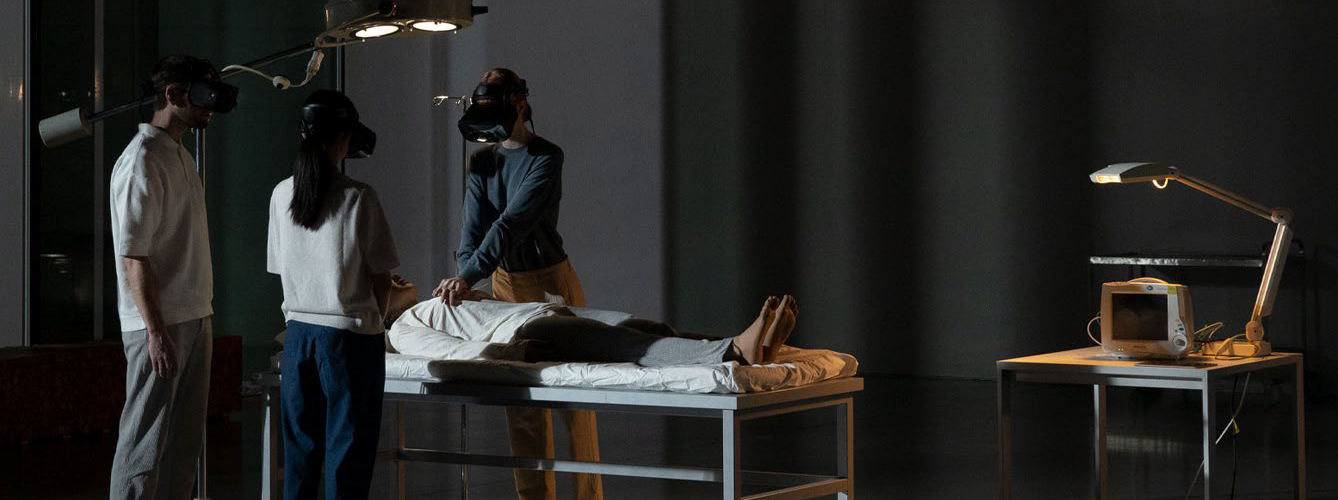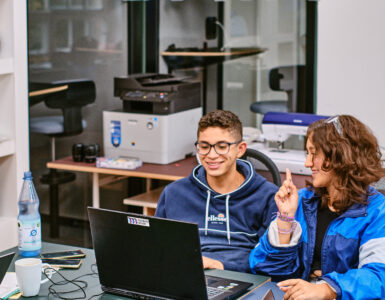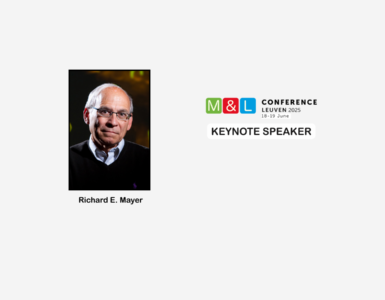by Tim Collins, Varjo.
Immersive technology can help medical personnel prepare and train for the most challenging real-life scenarios. With the advent of high-fidelity Virtual, Augmented, and Mixed Reality, advanced organisations are already experimenting with these technologies to gain a competitive advantage and establish an understanding of the potential of the technology for various applications.
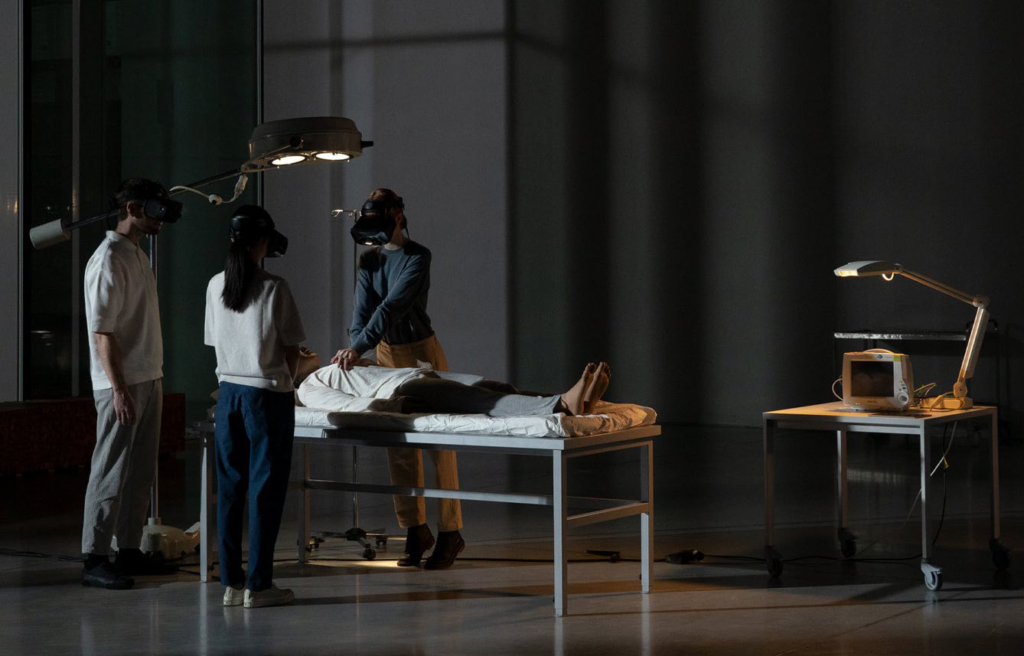
Due to rapid technological advancements in the past decade, immersive technologies such as Virtual Reality (VR), Augmented Reality (AR) and Mixed Reality (XR) can now be used to complement traditional learning methods, allowing medical personnel to be immersed in virtual training simulations by using head-mounted displays. With the help of advanced immersive technologies, medical personnel can collaborate and train for even complex open surgeries in virtual environments, with the tiniest parts of the human anatomy coming into human-eye resolution focus.
Key benefits of VR and XR in Medical Training
- Better and safer training outcomes, reducing preventable complications and the resulting human and monetary costs
- Portability and flexibility – removing the limitations of time and place
- Endless variants and repetitions of the particular simulation scenario can be done without additional cost or material
- Reduced cognitive load and improved procedural understanding before real-life operations
- Integrated eye tracking can be used to measure cognitive behaviour to gain insight into trainee performance
Different use cases for virtual medical training
Next, let’s examine some of the most promising use cases for VR and XR in medical training in more detail, as well as highlight example organisations already pioneering the use of immersive technologies in the industry.
Anatomical Education
Advanced Virtual and Mixed Reality allows medical personnel and healthcare students to dive deeper into medical data and human anatomy, as the human body can be explored in all three dimensions in an immersive environment where students can trust the precision, depth, and fidelity down to the smallest nerve.
Utilizing these technologies as complementary to traditional learning methods can increase student engagement and result in faster and more efficient learning outcomes. Most importantly, VR and XR allow for unlimited repetitions with anatomical specimens, which is impossible with traditional cadaver dissection.

Touch of Life Technologies has developed a comprehensive learning tool called the VH Dissector, which enables medical students to interact with 3D views of over 2,000 anatomical structures, allowing them to explore the human body in all three dimensions as it appears in real life.
Healthcare Workforce Training
Due to the major advances made in VR/XR technologies, medical personnel can nowadays complement their traditional training using immersive, lifelike Mixed Reality. With cloud-based immersive tools, joint training scenarios with colleagues in remote setups can be organised. Trainees can practice virtually any medical scenario, sharing their knowledge and collaborating in an immersive environment.
Furthermore, physical objects such as manikins, monitors, and medical devices can easily be incorporated into a Mixed Reality simulation and combined with digital equivalents as required. This allows trainees to use their hands and instruments naturally, offering a fail-safe learning environment to train in.
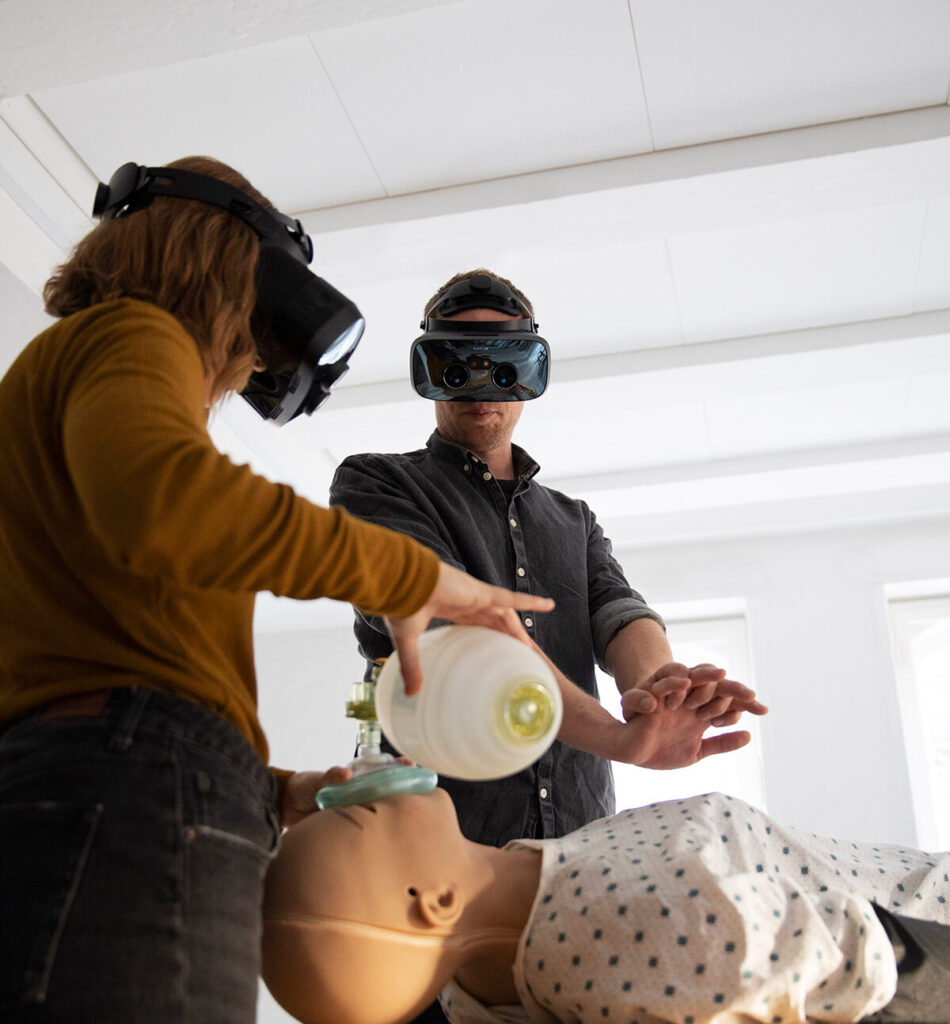
Healthcare solutions provider Laerdal created a hands-on Mixed Reality training simulation which allows teams to work together across locations in a safe learning environment, preparing them for unexpected events without jeopardizing patient safety.
3D Imaging
Immersive technologies can be used to explore complex biological structures and demanding points to “dive” into patient bodies in 3D. The aim of incorporating immersive technologies to medical imaging is to accomplish more effective procedures and collaboration in a high-fidelity 3D environment.
For medical professionals, being able to analyse complex structures without the need for a mouse or other hand-held controllers is a key advantage. VR and XR can offer improvements and insights that cannot be gained through two-dimensional imaging tools. When properly implemented, advanced medical imaging visualization in photorealistic detail can result in enhanced radiology workflows.
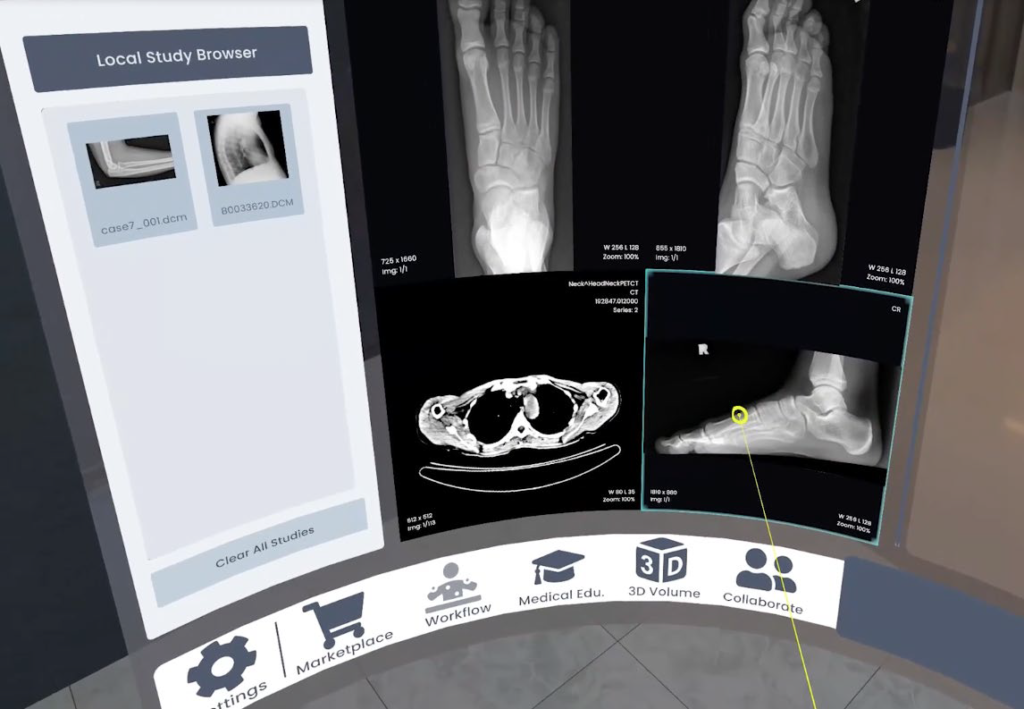
A solution created by Luxsonic provides physicians with collaborative tools for medical education, advanced medical imaging visualization in photorealistic detail, and enhanced radiology workflows, empowering them with the freedom to work from anywhere. © SieVRt / Luxsonic
Surgical Simulation
It is now becoming possible to train for more intricate and delicate surgeries in a realistic 3D immersive environment. In surgical simulation, the key benefit of VR and XR is that training exercises can be repeated infinitely without additional cost or material. In addition, VR allows trainees to completely immerse themselves in the training scenario, isolating themselves from the distractions of the surrounding reality.
In Mixed Reality surgical training, simulations can be performed in various locations and real-life contexts, utilizing displays, medical instruments, and other elements with superior visual accuracy and seamless blending with virtual contents. As VR/XR simulator setups are portable, training exercises can also be conducted outside of the residencies, labs or medical facilities.
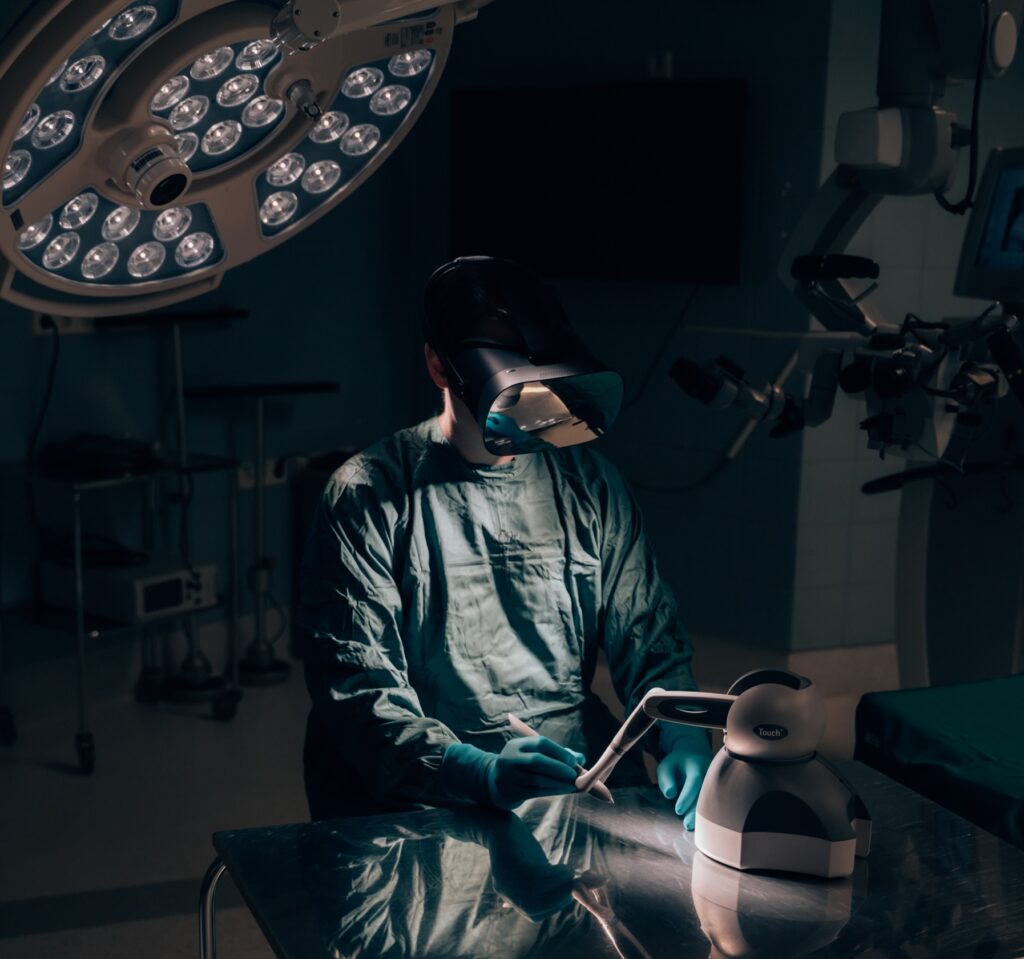
Finnish medical company Osgenic has developed an immersive tool to train for open surgeries in a completely realistic VR environment. Osgenic’s current application allows surgeons to highlight very small, intricate parts of the anatomy of the hand.
Want to learn more about using VR and XR in medical training? Download the free e-book by Varjo

Author
Tim Collins, Varjo

